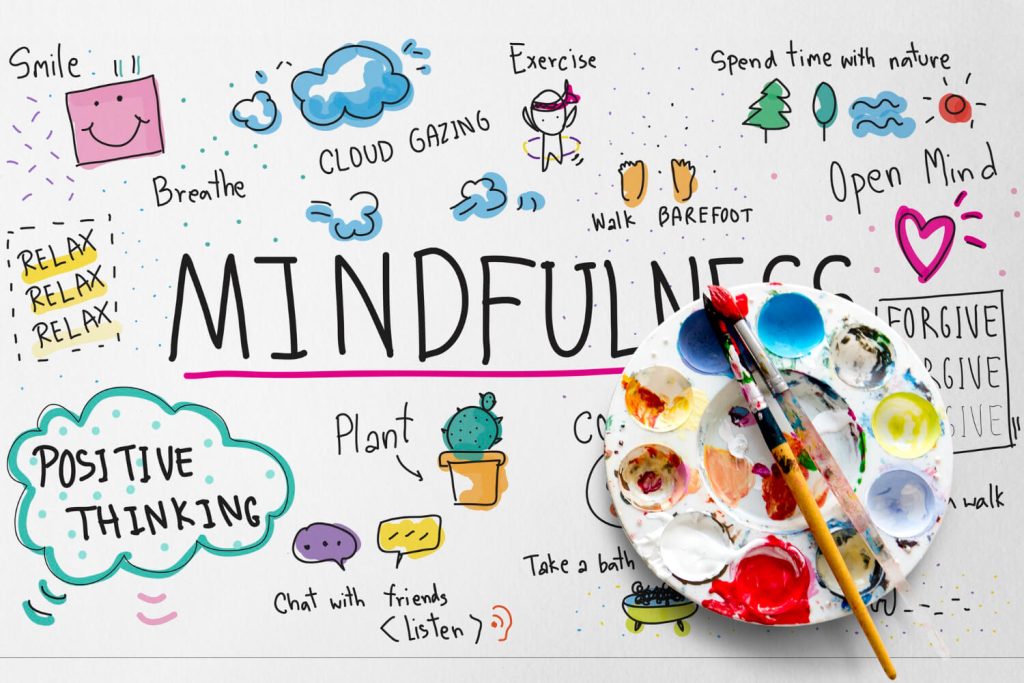Sarah had always valued family and connection. Yet, after years in a competitive corporate job with long hours and constant travel, she felt a nagging sense of emptiness. Despite the financial security, her days didn’t align with what truly mattered to her. One morning, faced with yet another urgent work email during her son’s breakfast, a wave of frustration and a quiet question washed over her: “Is this the life I want to be living?”
Sarah’s experience isn’t uncommon. Too often, we slip into making choices on autopilot, driven by external pressures or simply what feels familiar. Yet, we make better choices when our everyday decision aligns with our deeply held values and long-term goals, life feels purposeful and deeply fulfilling. The process of doing so is known as mindful choice-making.
How to Make Mindful Choices
Let’s explore how to make mindful choices that build the life you truly want.
The Power of Values-Based Decisions
Remember that in a previous post, we explored how to identify your core values. These principles—like creativity, family, adventure, or growth — serve as an inner compass, especially when making decisions. When our choices align with our values, we experience less decision fatigue, a greater sense of purpose, and reduced regret in the long run.
Let’s revisit Sarah’s story. Her career, despite external success, clashed with her core values of family and connection. Shifting her career path towards a role with more flexibility and focus on community allowed her to live in greater alignment with who she was, leading to increased fulfilment.
Setting Long-Term Goals
Imagine setting out on a journey without any destination in mind. Our long-term goals serve a similar purpose – they provide a direction for our lives. When we consider our big-picture dreams, those aspirations for ourselves and our loved ones, our daily choices become clearer. Imagine you’re saving for your dream home – knowing this goal influences how you spend money each day.
If setting goals feels overwhelming, start small. Think about where you’d like to be in one year, five years, or even ten. Be specific, and consider areas like your career, relationships, personal growth, and finances. Remember, goals can evolve, but having a general direction provides valuable focus and prevents decision paralysis.

The Practice of Mindful Decision-Making
How do we shift from autopilot to intentional decision-making? The first step is recognizing when we’re about to make a mindless choice. This might look like reaching for a tempting snack out of habit or agreeing to a commitment you don’t truly have time for. Here are some simple mindfulness techniques that can bring about a profound shift:
- The 3-Breath Reset: When faced with a decision, the three-breath reset can come in handy. It involves taking three slow, deep breaths, focusing on the sensation of your chest rising and falling. This brief pause brings you into the present moment and creates space for intentional action.
- Values Check-In Journal: Keep a small notebook dedicated to your top values. Refer to it before making decisions for a quick reminder of what matters most.
- The “Why” Question: Before making a choice, ask yourself, “Why am I doing this?” This cuts through superficial reasons to uncover your true motivation.
The ultimate tool is asking yourself: “Does this choice align with my values and support my goals?”
Conclusion
Making mindful choices may start difficult, but it becomes easier over time. Each time you choose in alignment with your values and goals, you build trust in yourself and confidence in your path. Remember, even “small” choices add up. Every mindful decision is a step towards consciously creating a life you truly desire.
Choose one decision you’re facing this week. Before defaulting to what’s easiest, try the “3-Breath Reset” and the “Values Check-In”. Notice any difference in how you approach the decision and how it feels afterwards.


